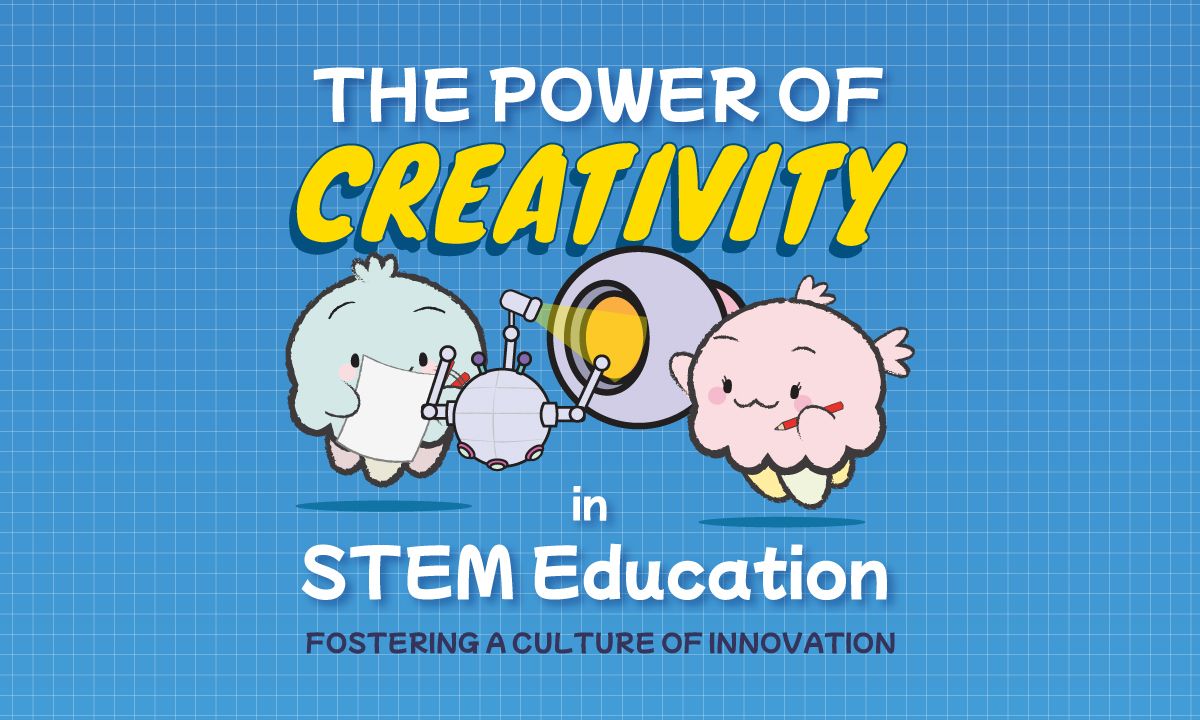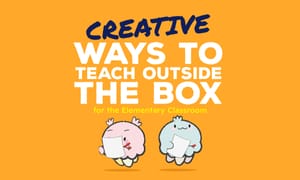As the world becomes more dependent on science, technology, engineering, and math (STEM) skills, it is critical that we start encouraging creativity and innovation at an early age. While teaching students the technical skills and knowledge needed to succeed in STEM fields is important, it is no longer enough on its own.
Experts believe that creativity is a rapidly becoming a top skill sought after by employers (even in STEM fields) as automation and A.I. continues to play a larger role in the workplace. Starting the process of encouraging creativity and innovation in elementary school, can help set students on the path to success in STEM fields and beyond.
So, how can we foster creativity and innovation in the elementary STEM classroom? Here are 6 useful strategies:
1) Encourage students to ask questions

One of the most basic ways to foster creativity and innovation is by encouraging students to ask questions. This means providing opportunities for students to explore, experiment, and take risks in their learning. When students are free to ask questions and think for themselves, they are more likely to develop creative and innovative solutions to problems. Here are some simple ways to start:
- Make it clear that it is always okay to ask questions: Some students are afraid of being judged or appearing clueless. By creating a safe and welcoming environment for questioning, you can encourage more students to ask questions. A practical way to do this is to regularly pause to ask if there are any questions or by asking students to turn to a partner and ask each other questions.
- Encourage a culture of curiosity in the classroom: A very simple way to to this is to ask open-ended questions that require students to think more deeply about the topic. For example, "What adaptations do you think camels have to help them survive in their environment? Why do you think that?"
2) Provide hands-on, open-ended exploration
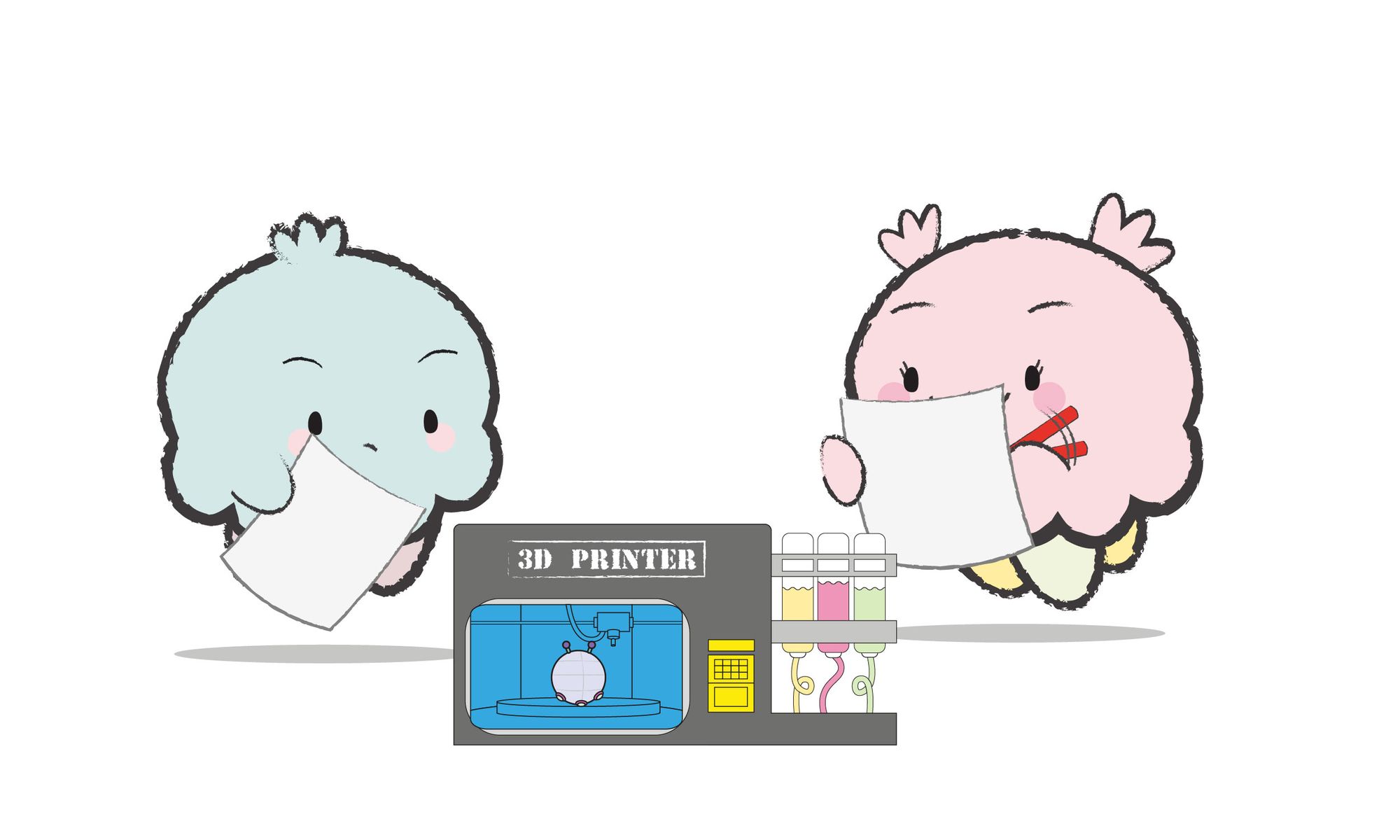
Hands-on, open-ended activities are a great way to encourage creativity and innovation in the classroom. Open-ended activities allow students to explore and experiment with different ideas and approaches. It encourages them to seek our unique solutions rather than simply following a predetermined set of instructions. Here are some simple ways to support this:
- Provide a problem or challenge for students to solve, rather than a set of instructions to follow: This flexibility allows students to come up with their own solutions and approaches. It can also help them understand the underlying STEM-concepts more deeply because they are actively applying them to solve a real problem or challenge.
- Encourage students to work in pairs or small groups: This can help facilitate collaboration and encourage students to come up with new ideas and approaches. It can also help students learn from each other and support each other as they work on projects and solve problems together.
3) Allow for trial and error
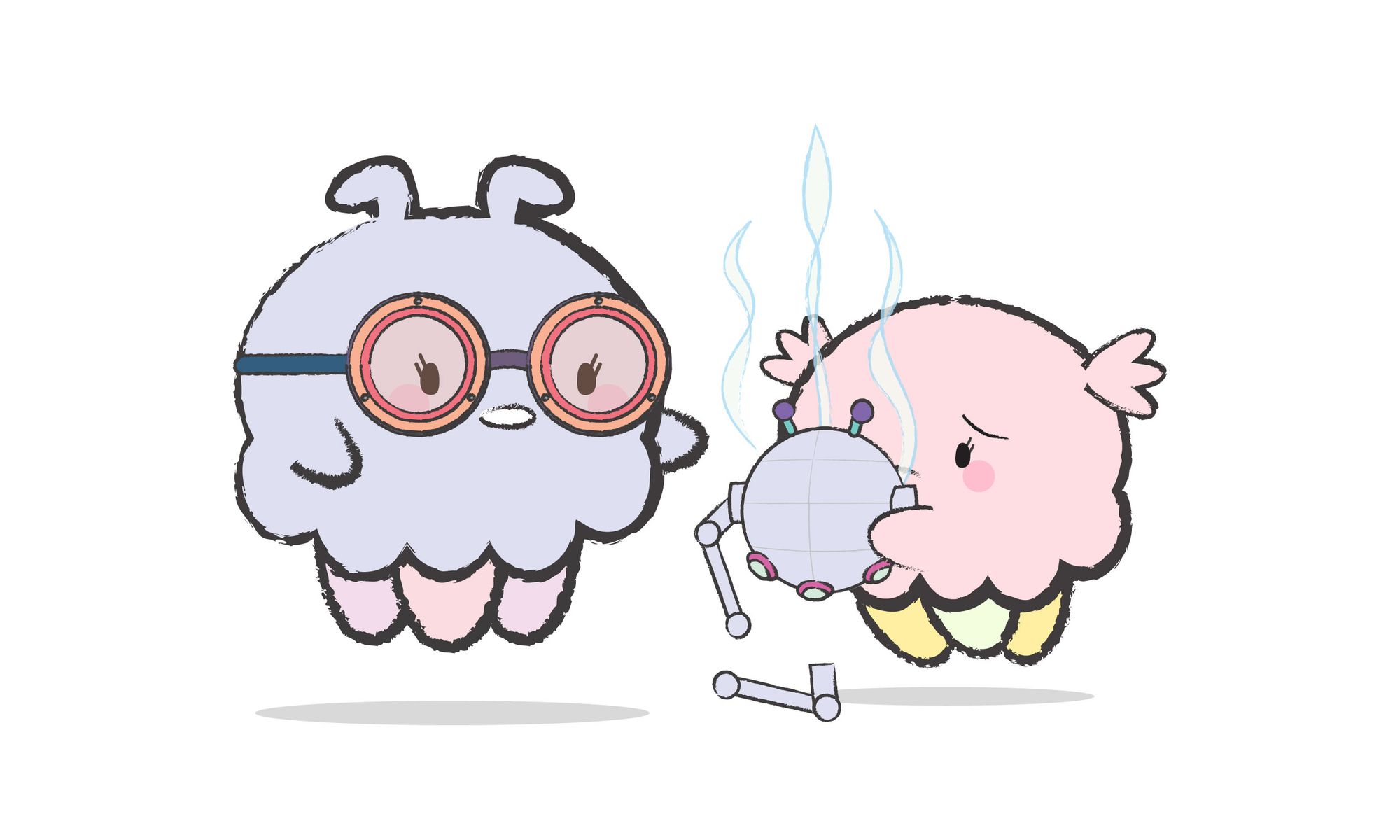
A large part of fostering a culture of creativity and innovation is allowing students to make mistakes and more importantly, learn from them. This means encouraging students to take risks and try new things, even if they might not succeed initially. Through trial and error, students can learn from their mistakes and develop new and improved solutions.
Here are some simple ways to start:
- Encourage a growth mindset: You can do this by focusing on the learning process i.e. praising effort and progress rather than the end result. When students focus on the learning process rather than the end result, they are more likely to see the value of trying new things and even making mistakes, as they understand that these experiences are an important part of the learning process.
- Provide additional support and resources for students to use when they are trying new things: This can include things one-on-one support from the teacher or preparing additional resources, such as books, videos, or online tutorials, available to students who are struggling with a new concept or task.
4) Incorporate elements of design and art into STEM activities

Integrating art and design into STEM activities is a great way to encourage creativity and innovation. Art and design activities helps students to think visually and spatially. It is a very natural and accessible way to encourage young students to think outside the box and come up with unique and creative ideas.
Here are some simple ways to support this:
- Art and design as a brainstorming tool: Use art-based activities, such as drawing or painting, to help students brainstorm and come up with ideas for their STEM projects.
- Art and design as a visualisation tool: Have students create visual representations of their STEM projects, such as diagrams, drawings, or models.
Here are some fun STEM-inspired art & design activities which you can use in your classroom to foster creativity and innovation:


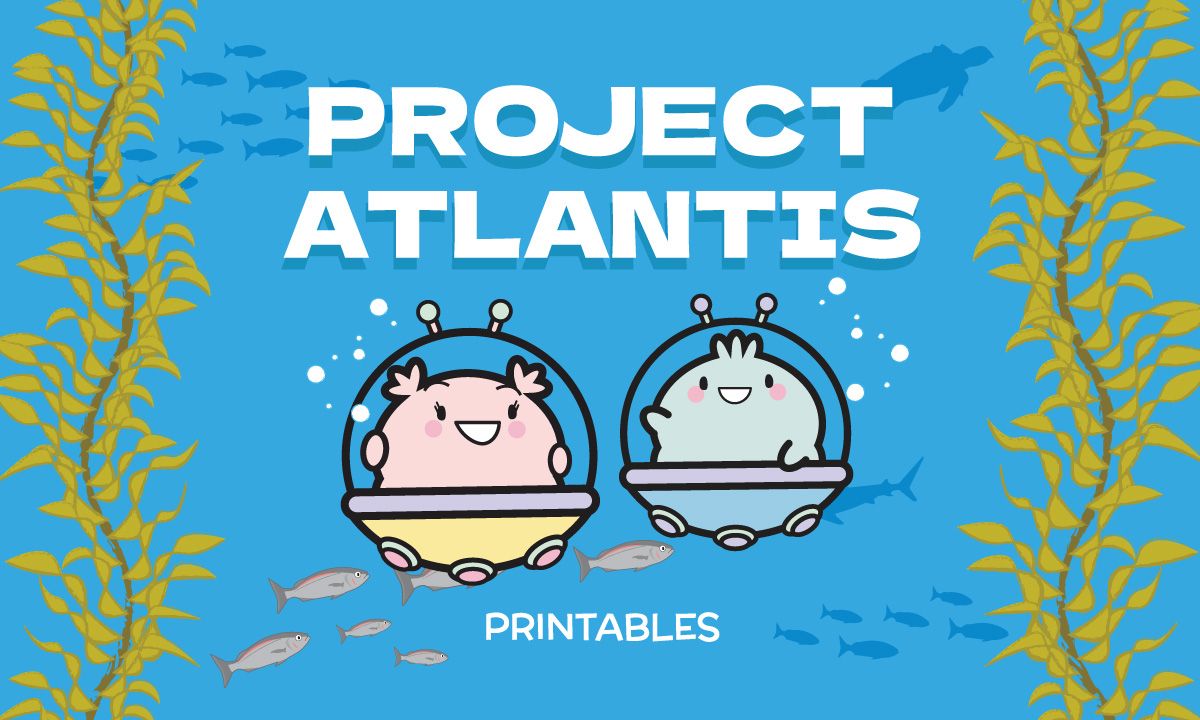
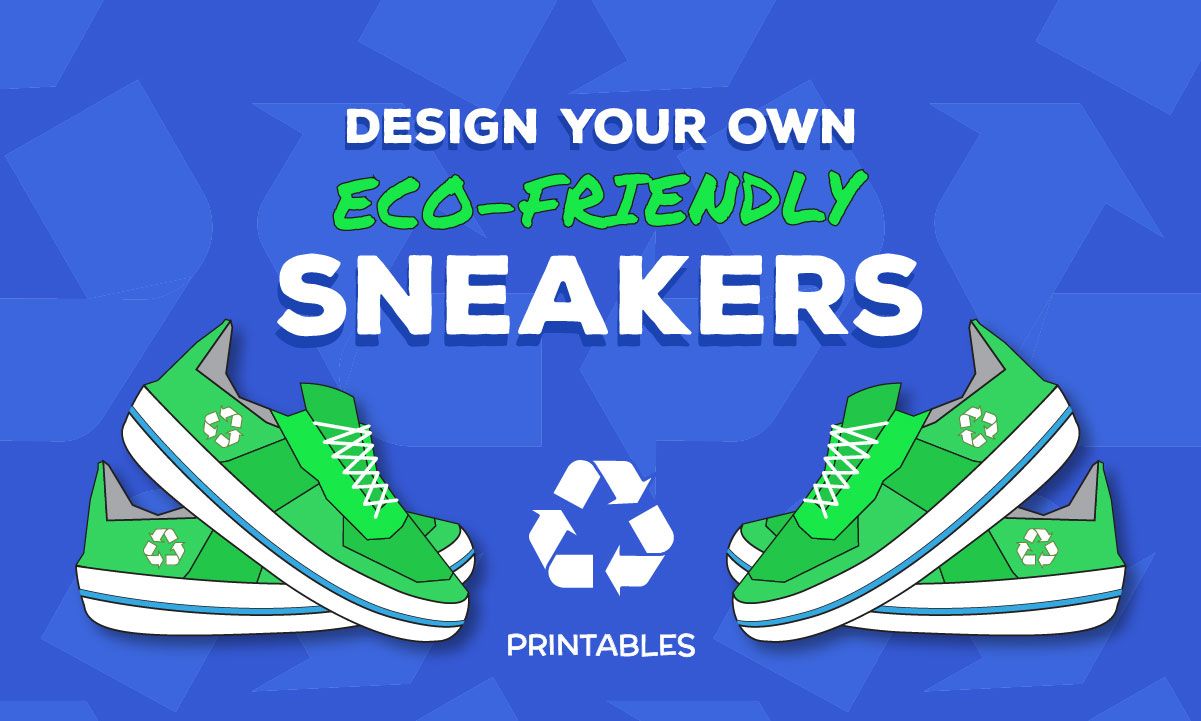

5) Allow students to customize and personalize their projects

Giving students the freedom to customize and personalize their projects can help foster creativity and innovation in a few ways. Firstly, it encourages students to take greater ownership of their learning. This can foster a sense of independence and self-direction, which can lead to more creative and innovative thinking.
Secondly, it allows students to direct their projects toward their own interests and goals. This can help students become more invested in their projects and motivated to come up with innovative solutions.
Here are some simple ways to support this:
- Encourage personal relevance and meaning: Encourage students to think about the relevance and meaning of their projects, and how they can make them more personal to their interests and goals.
- Offer a wider range of project topics: A broader range of topics can help students find a project that is more relevant and meaningful to their interests.
6) Encourage students to share their ideas and projects
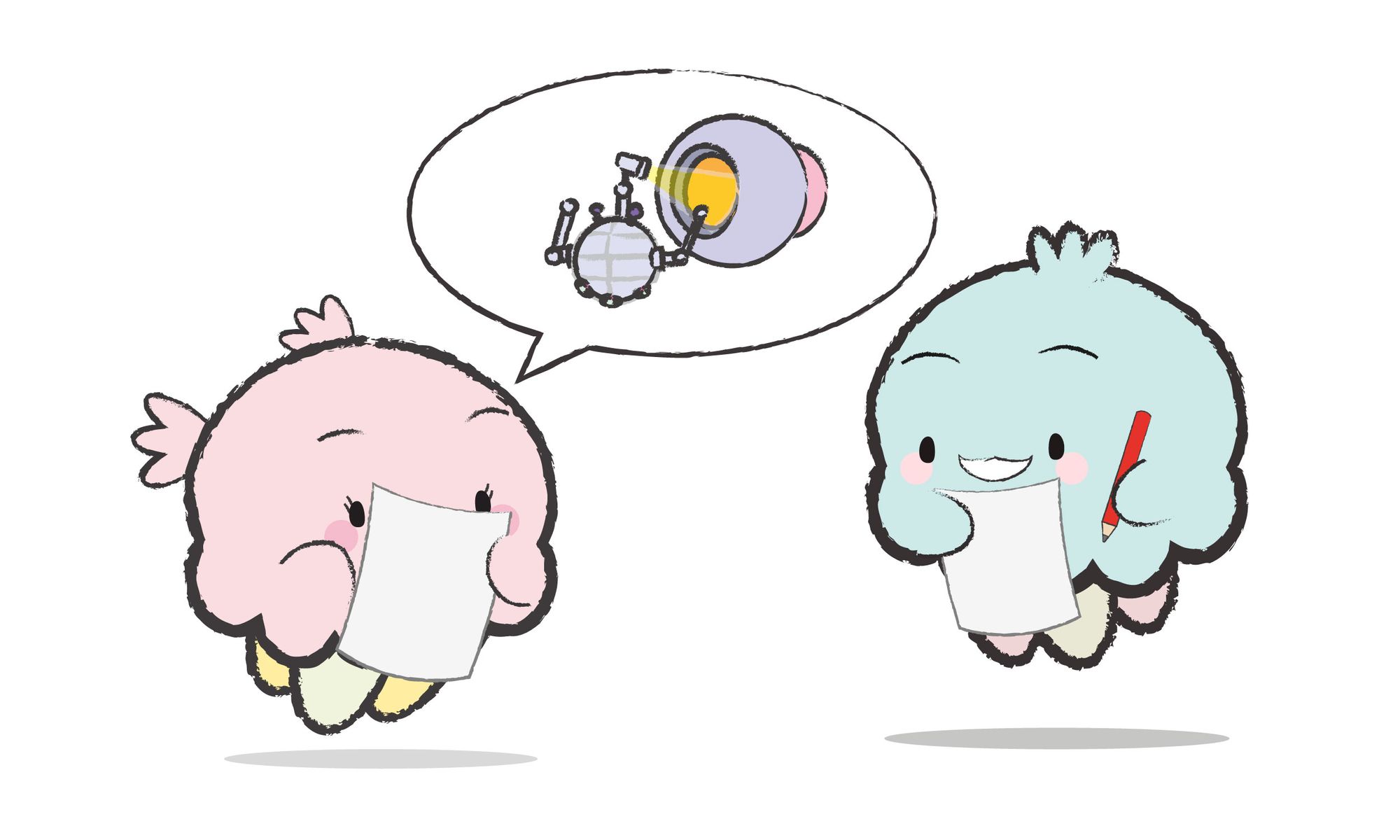
Encouraging students to share their ideas and projects with others can help foster a culture of innovation in a few ways. Firstly, sharing their work with others can also help students receive new ideas and perspectives that can help them continue to develop and grow their work.
Secondly, it can help students feel more confident in their abilities. When students share their work with others, they can receive feedback and recognition for their efforts, which can boost their confidence and motivation to continue developing their ideas.
Here are some simple ways to support this:
- Encourage students to present their projects in class: This can be done through a formal presentation or a more informal show-and-tell format. This is a great way to help students share their ideas and projects with others, practice their public speaking skills, and receive valuable feedback and support from their peers.
- Create a dedicated presentation wall: Creating a presentation wall is a great way to encourage students to share their ideas and projects with others. A presentation wall is a dedicated space where students can display their work for others to see and interact with. This can be a physical wall in the classroom or a virtual wall on a platform such as Google Classroom.
In Conclusion
Fostering creativity and innovation in STEM education is crucial for helping students develop the skills they need to succeed in today's rapidly changing world. By encouraging creativity and innovation in STEM education, educators can help students develop the skills to think critically, solve complex problems, and make meaningful contributions to the world around them.
Our K-3 Creative Activity Printable Bundle
Boost your lesson plans with our innovative collection of printable activities for the year. "Over 100 projects with more than 400 printable sheets" to spark imagination and foster creativity in your classroom for the whole year.

PBL and Genius Hour Supplement Printable Bundle (K-3) - 2023 Edition
This creative activity bundle is jam-packed with over 100 projects with more than 400 printable activity sheets for 6-9 year olds. With a focus on creativity and hands-on learning, this bundle is perfect for keeping little learners engaged, designing and creating for an entire year.
An excellent resource for teachers, subs, parents and caregivers looking for fun and creative activities to keep kids busy and learning. It's perfect for use in the classroom, at home or on the go. With so many activities to choose from, kids will never be bored!
- DIGITAL ONLY PRODUCT i.e. PDF format.
- Over 100 projects with more than 400 printable sheets.
- Printable sheets mainly black & white.
- Includes links to supporting online resources.
- File size: 166.5 MB / 518 pages.

